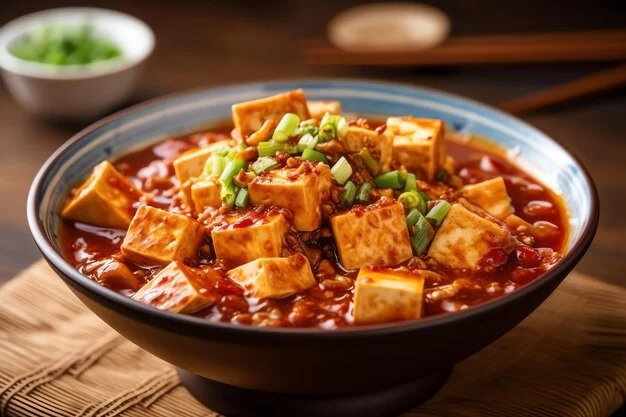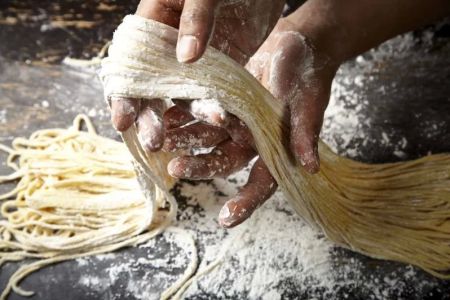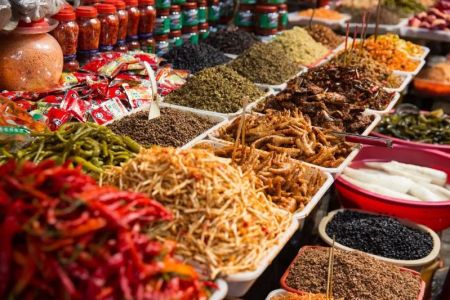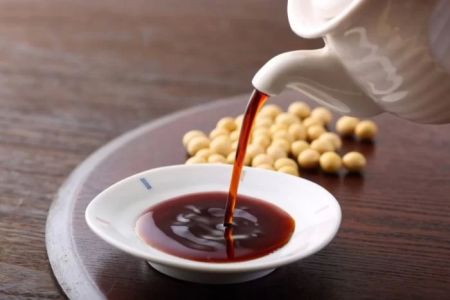- origin-of-mapo-tofu - The Fiery Origins of Mapo Tofu
- key-ingredients-and-their-roles - Key Ingredients That Define the Dish
- flavor-profile-sichuan-peppercorns - The Signature Flavor: Sichuan Peppercorns and the Numbing Sensation
- authentic-vs-western-takes - Authentic Mapo Tofu vs. Western Interpretations
- mapo-tofu-in-american-food-scene - How Mapo Tofu Won Over the American Food Scene
- personal-story-from-the-kitchen - A Personal Story: Learning to Master Mapo Tofu at Home
- where-to-eat-genuine-mapo-tofu - Where to Eat Genuine Mapo Tofu in the US
1. The Fiery Origins of Mapo Tofu
To understand the appeal of Mapo Tofu, you need to travel—if not literally, then at least with your taste buds—to the heart of Sichuan, China. The dish's name roughly translates to “pockmarked old woman’s tofu,” a reference to the woman who is said to have invented it in the late Qing Dynasty in Chengdu. Her tiny, bustling restaurant became famous for this intensely flavorful dish that combined silken tofu, ground meat (usually beef or pork), and the unmistakable numbing heat of Sichuan peppercorns.
Despite its humble beginnings, Mapo Tofu has grown into one of the most beloved Chinese dishes worldwide, celebrated for its contrast of textures and fiery, bold seasoning. It’s not just a meal—it’s a legend passed down by generations, now enjoyed in homes and restaurants across continents.
2. Key Ingredients That Define the Dish
At its core, Mapo Tofu is a lesson in balance. Every ingredient plays a specific role:
Sichuan Doubanjiang (fermented broad bean paste) provides the umami-rich, spicy base.
Sichuan peppercorns create the numbing “ma” effect that distinguishes the dish.
Minced meat adds depth, savoriness, and a chewy contrast to the soft tofu.
Garlic, ginger, scallions, and soy sauce bring layers of aroma and saltiness.
Soft tofu offers the canvas for all these strong flavors—absorbing, yet maintaining its texture.
Each time you take a bite, you’re hit with heat, numbing spice, and savory richness—an orchestra of sensations in your mouth.
3. The Signature Flavor: Sichuan Peppercorns and the Numbing Sensation
If you’ve never had Mapo Tofu before, the first thing that may surprise you is the tingling, slightly electric buzz in your mouth. That’s the work of Sichuan peppercorns, known locally as “huajiao.” Unlike chili peppers that simply burn, these peppercorns create a numbing sensation—often described as "tingly spice" or "mouth fireworks."
It’s this flavor that sets Sichuan cuisine apart. Combined with heat from dried chilies or doubanjiang, the dual sensation of “ma la” (numbing and spicy) becomes deeply addictive. In fact, many chefs say once you develop a taste for Mapo Tofu’s flavor profile, there’s no going back.
4. Authentic Mapo Tofu vs. Western Interpretations
As with many beloved dishes, Mapo Tofu has traveled far from its origin, sometimes evolving in the process. In Western kitchens, it’s not unusual to find versions using firm tofu, ground turkey, or even skipping the peppercorns altogether. While these renditions can still be tasty, they lack the fiery soul of the original.
Authentic Mapo Tofu is unapologetically bold. The tofu is delicate but not crumbly, the sauce deep and complex, and the spice unmistakably assertive. If you're unsure where to find the real deal, curated platforms like Chinese Food can point you to restaurants and recipes that honor the original flavor.
5. How Mapo Tofu Won Over the American Food Scene
In recent years, Mapo Tofu has gone from a niche menu item to a star of modern Chinese-American cuisine. Part of its rise is thanks to food influencers and chefs on platforms like Instagram, YouTube, and TikTok. Videos of chefs sizzling garlic and tossing tofu into bubbling, blood-red sauce have gone viral, with many viewers intrigued by the sensory overload this dish promises.
Restaurants in Los Angeles, New York, and even Portland now boast their own signature takes on the dish, some adding truffle oil, others sticking to the classic recipe. Chefs like David Chang have spoken openly about their love for Mapo Tofu, helping it enter the mainstream American food conversation.
6. A Personal Story: Learning to Master Mapo Tofu at Home
The first time I tried to cook Mapo Tofu was a comedy of errors. I didn’t toast the peppercorns, my tofu crumbled, and I mistook ketchup for doubanjiang (don’t ask). But over time, I learned to appreciate the dish’s complexity—not just in flavor, but in method.
I still remember the first time I nailed it—garlic sizzling in hot oil, the deep red color blooming in the wok, and that unmistakable aroma rising. It tasted like fire and velvet. And it reminded me that great food takes time and curiosity. If you're curious too, Chinese Food is a great place to explore high-quality ingredients and tools to recreate Mapo Tofu at home.
7. Where to Eat Genuine Mapo Tofu in the US
For the full Mapo Tofu experience, authenticity is key. Fortunately, several US cities now boast Sichuan-focused restaurants where chefs honor traditional techniques:
Chengdu Taste in Los Angeles offers a fiery, lip-numbing version beloved by spice enthusiasts.
Han Dynasty in Philadelphia serves a balanced, meaty interpretation true to the dish’s roots.
Szechuan Mountain House in New York delivers rustic Mapo Tofu with intense depth.
Spice Room in Chicago is known for its liberal use of Sichuan peppercorns and velvety tofu.
For those looking to explore more, Chinese Food offers expert recommendations on where to find the most authentic Mapo Tofu in your city—whether you're in a major metro area or a small college town.








